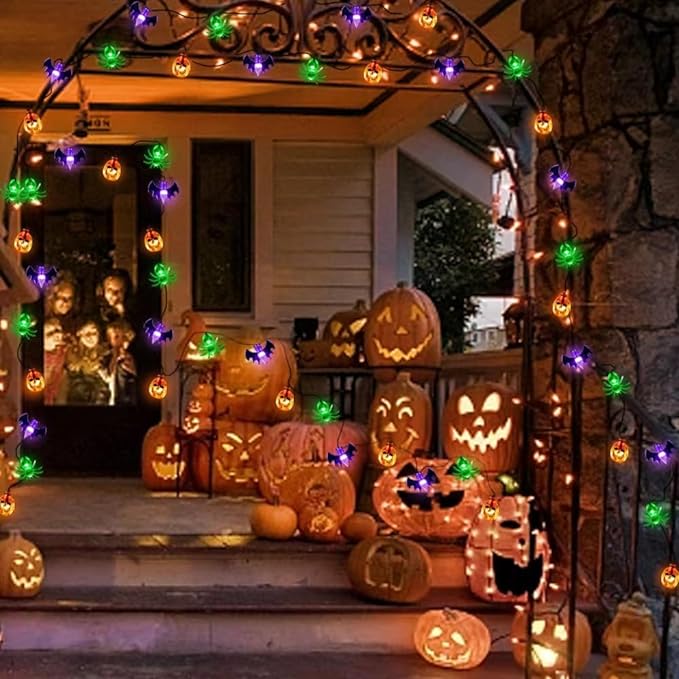Halloween Costumes
The origins of Halloween can be traced back to ancient Celtic festivals, particularly Samhain. During Samhain, people believed that the boundary between the living and the dead was blurred. To avoid being recognized by wandering spirits, Celts would wear costumes and masks, disguising themselves as ghosts or otherworldly beings.
Renaissance Festivals
In medieval Europe, the tradition of masquerade balls and costumed festivities became popular during various festivals and celebrations. These events often featured elaborate costumes, masks, and theatrical performances. The use of costumes for entertainment and disguise continued to evolve.
Samhain Costumes
For the Celts, Samhain was not just a seasonal celebration but a deeply spiritual event that reflected their belief in the cyclical nature of life and death. The festival represented a liminal time when the veil between the physical world and the Otherworld—where spirits, gods, and faeries resided—was at its thinnest.
All Souls’ Day and Souling
In medieval Britain, the practice of “souling” on All Souls’ Day involved people, especially children, going door-to-door in costumes and masks. In exchange for prayers for the dead, they received “soul cakes” or other treats. This tradition eventually merged with Halloween, contributing to the concept of dressing up for rewards.
Guising in Scotland and Ireland
In Scotland and Ireland, the tradition of “guising” or “mumming” involved dressing in costumes and going from house to house, performing tricks or songs in exchange for food or coins. This practice added an element of playfulness and performance to the Halloween celebrations.
Pop Culture Influence
The rise of popular culture, including movies, television, and comic books, played a significant role in shaping Halloween costume trends. Characters from literature, film, and other media became popular choices for costumes, contributing to the diversity of options available.

Modern Trends and Creativity
Today, Halloween costumes are a creative and expressive outlet for people of all ages. The range of options has expanded to include not only traditional spooky and supernatural characters but also pop culture icons, memes, and imaginative creations.




